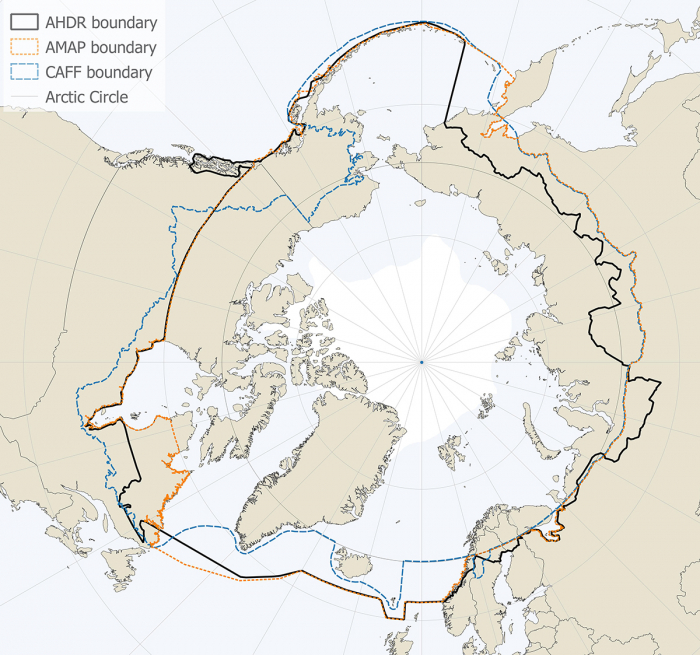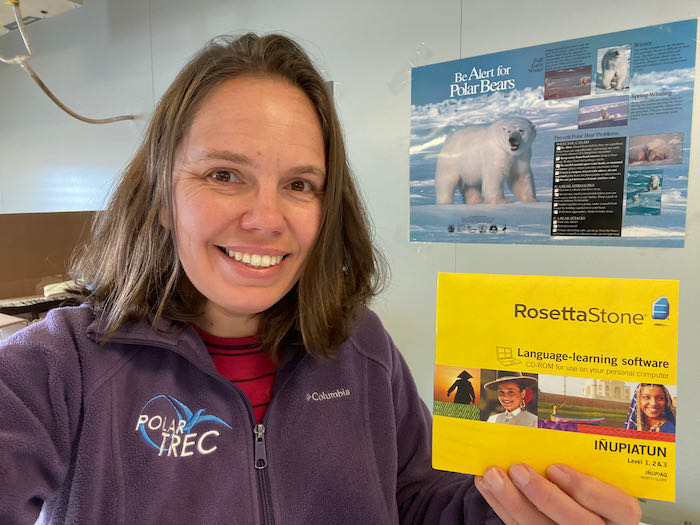Defining the Arctic is Complex
As I have been learning as much as I can about the Arctic Ocean, the North Slope of Alaska, who owns the Arctic, and Polar regions in general I have come to understand that defining the Arctic is more complex that I would have guessed.
Starting with the Arctic Circle as political boundary is a reasonable place to begin. Then if we look a little closer at the bioclimatic subzones we see that they, as most ecological boundaries, are not straight lines (or circles in this polar context).

Perhaps we consider the political boundaries of the region by the Arctic Council Working Groups or the US Arctic Research Commission definition from the Arctic Research and Policy Act (ARPA).


A few things we know about defining the Arctic
The Arctic circle (66°30′ N) is sometimes referred to as defining the Arctic
The 10 °C line (area in which the average summer temperature is less than 10 °C (50 °F)) has been the traditional definition commonly used
Treeline has been used as a delimiting line for the Arctic ecology contexts
The Arctic Human Development Report (AHDR) emphasizes that the Arctic is a homeland for peoples, and therefore includes the social, economic, political, and ecological processes that are the critical properties for the functioning of the Arctic System
The Arctic Monitoring and Assessment Programme (AMAP) focuses on the environmental conditions in the Arctic, and therefore chooses to use a definition based on the general function of the Arctic environmental system.
Conservation of Arctic Flora and Fauna(CAFF) focuses on the Arctic from an ecosystem point of view.

Explore The Arctic Centre Maps
Then, consider these questions and respond with your thoughts in the comment box below.
How might the definitions of the Arctic shift with time into the future? Or have they shifted?
Which definition(s) most resonates with you and the things you care the most about? If you had to only use one definition, which would you choose?
As an international definition, how would you recommend the Arctic Council (8 countries) determine the most inclusive equitable definition of the Arctic?
Exploring Local Culture


Engage with IABP AK Spring 22 Deployment Expedition
- Subscribe to these Journals by Email on PolarTREC virtual basecamp page
- Write in questions and comments at the bottom of journal entries
- Listen to live KWBR radio interview on Friday April 1 at 9:30 am (mountain time)
- Participate in April 5 PolarConnect live stream event at 9:00 am (mountain time)
- Follow on Instagram @Wild_Rose_Education
- Follow on Facebook @WildRoseEducation
- Follow #ArcticRuminations on other social media channels


Comments